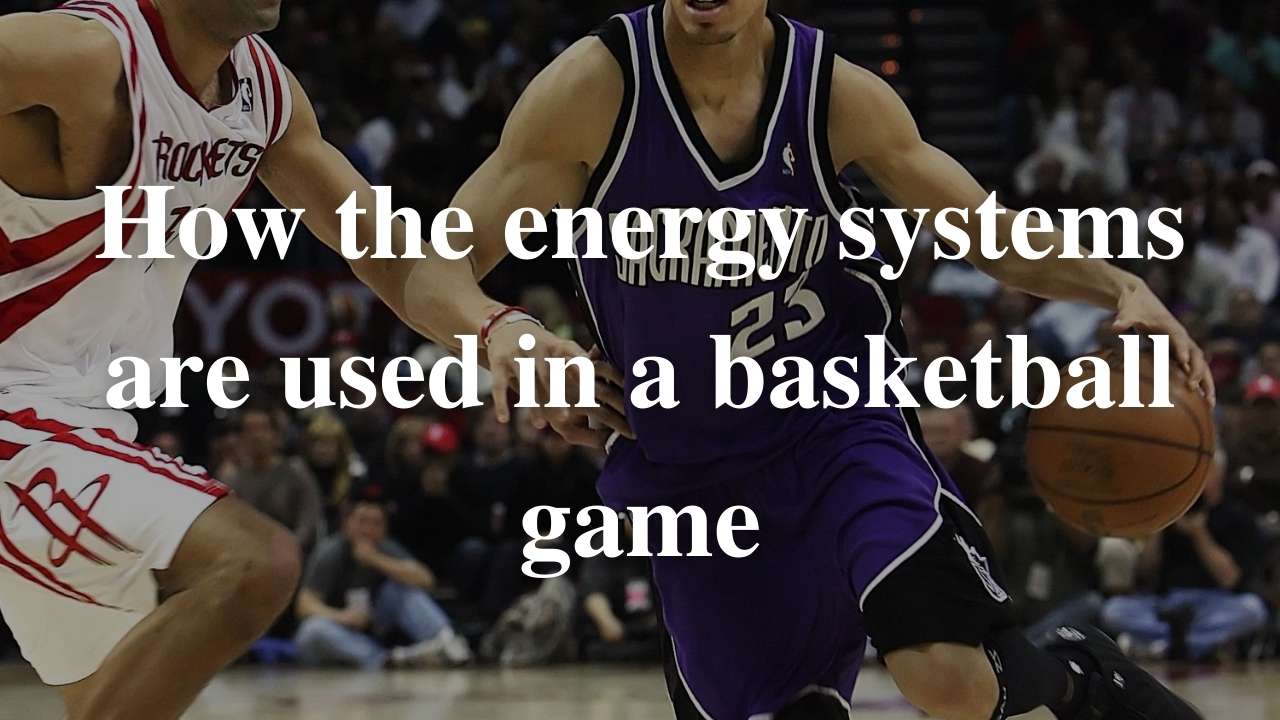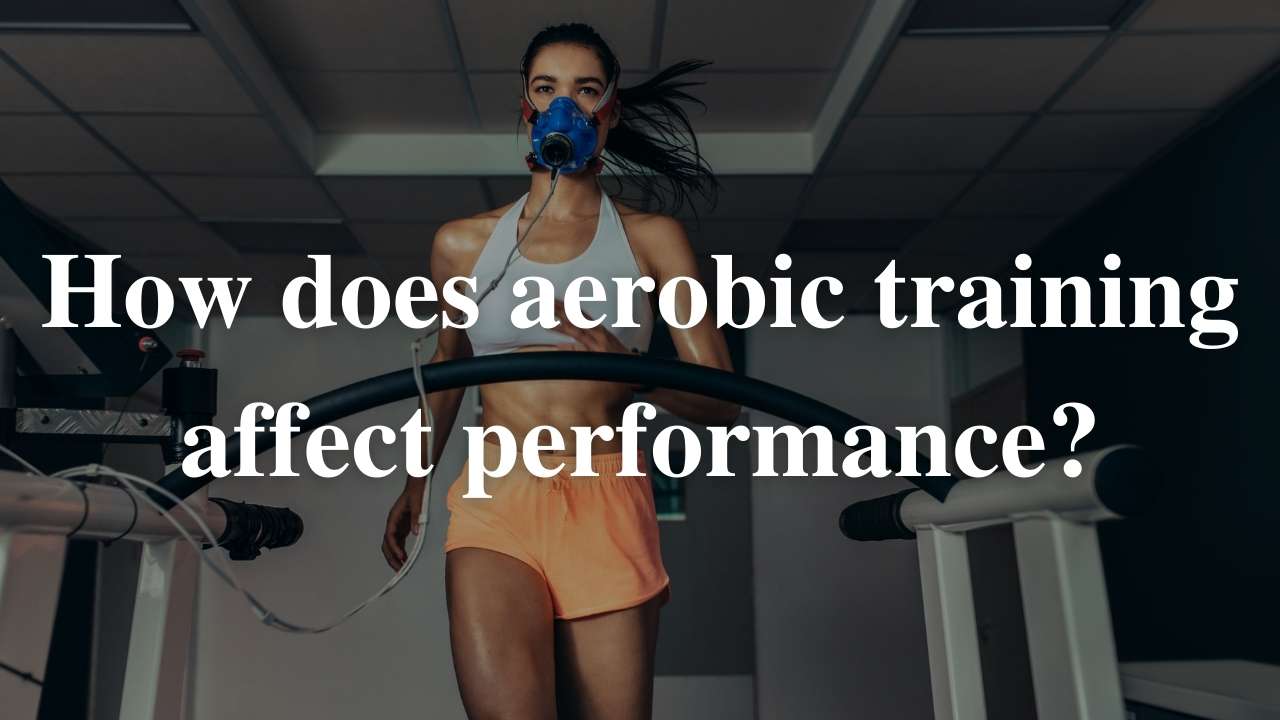Recently I sat through a great workshop on metabolism (energy systems connection with source of fuel) at the PDHPETA Conference. Though this does not sound like it is connected with the HSC PDHPE syllabus, there were some great points made, I thought I should share with you.
Metabolism refers to the energy burnt by your body and is affected by the source of fuel available. Metabolism increases with exercise, but the fuel source is important to remember for HSC PDHPE.
- The body’s fuel sources are fats and carbohydrates (protein is only used in emergencies). This is nothing new, but for those of you interested in details, your body can only store carbohydrates as a fuel source in muscle and liver cells with a maximum of around 550g in the muscles and 120g in the liver. Fat, our other major fuel source, on the other hand has an unlimited storage capacity.
- Another interesting point made, is that 90% of energy burnt is given off as heat, and that our bodies will burn more energy when it is cold, just to maintain body temperature (Thermoregulation connection). So when you are thinking waste products for energy systems, the biggest waste is often going to be heat (especially in the ATP/PC System), which needs to be balanced to prevent hyperthermia.
- The carbohydrate source of fuel also tends to produce more CO2 than fat when producing ATP, but fat burning requires more O2. This means oxygen needs to be transported well in aerobic activities in order for more efficient production of ATP. This does not just refer to oxygen intake at the lungs and transport around the body (see physiological adaptations). It also means the aerobic athlete requires more Omega-3 (nutrition) in order to transport the oxygen from the blood into the muscle cell where the mitochondria can use it to produce ATP. Thus, in order to burn fat, good fats are required.
- If there is not enough O2 delivered, carbohydrate will become the fuel source instead. This requires less O2, but produces more CO2, a waste product that must be removed by the body before it decreases performance. Of course, the Lactic Acid energy system can also be used, producing even less ATP and pyruvic acid, which causes fatigue.
- Diseases such as anaemia and asthma will also affect O2 delivery and result in more reliance on carbohydrate stores as the source of fuel rather than fats. Fats are needed as a fuel source in all aerobic activities. If we do not use them, they accumulate as sub-cutaneous fat, resulting in higher risk of other diseases.
- Fat is particularly important as a fuel source in aerobic sports that go for extended periods of time (3 hrs+) and over multiple days, such as iron man, cross-country skiing, and the Tour de France. The athlete who can metabolise fat more efficiently will perform better in these sports.
For female athletes, progesterone is a large contributor to metabolism, and in the pre-menstrual phase the drop in progesterone results in a drop in metabolism, lethargy and poorer performance in physical activity (specific athletes: Female athletes).
Many thanks to David John for his workshop.






